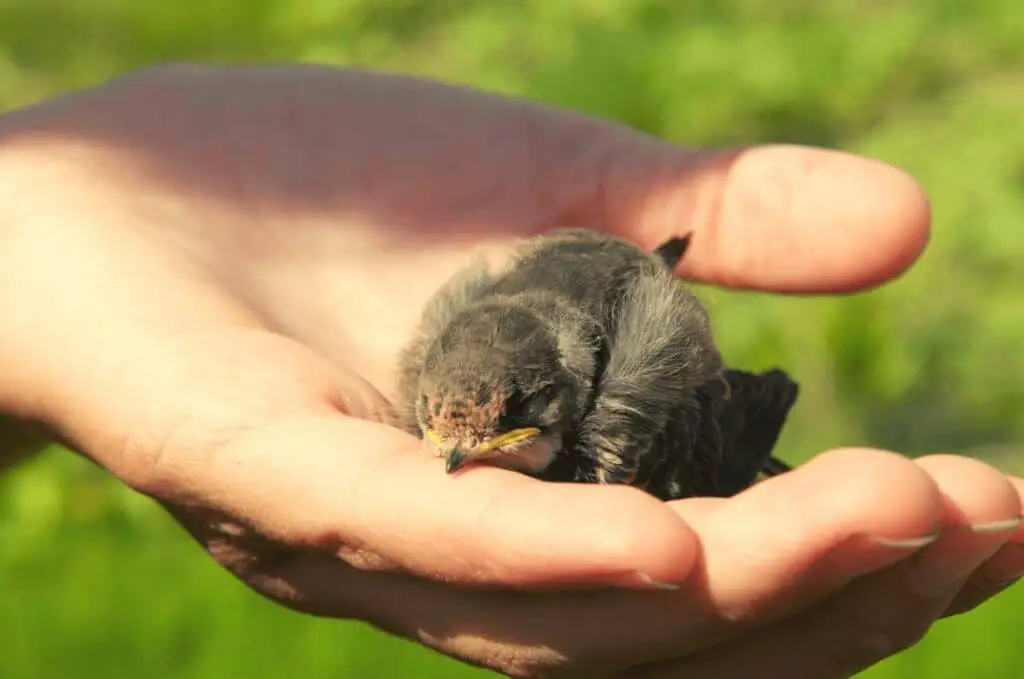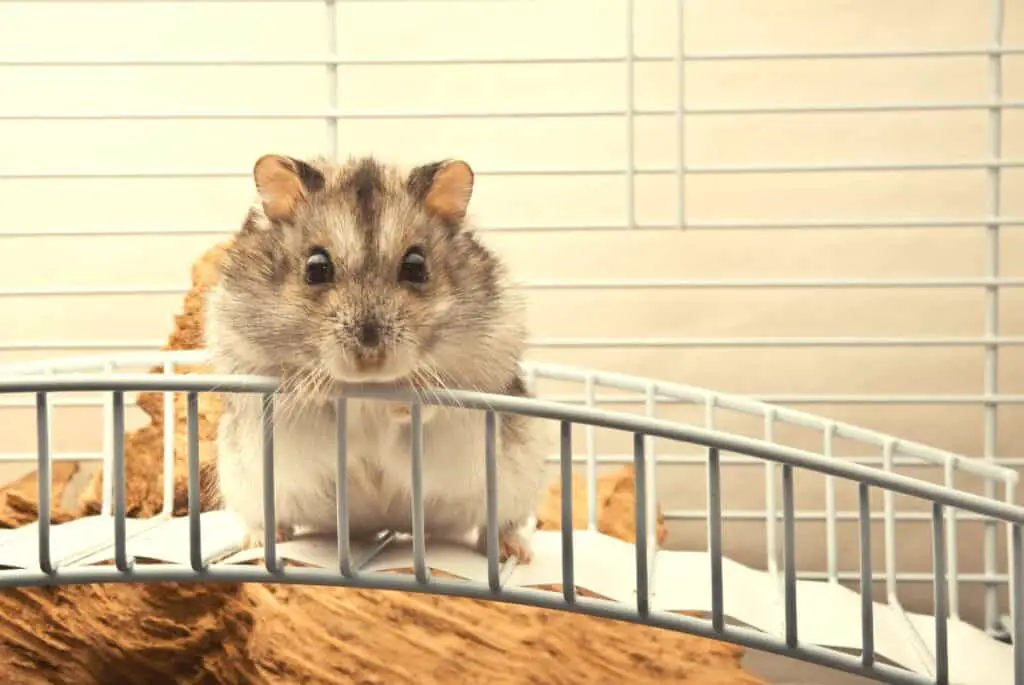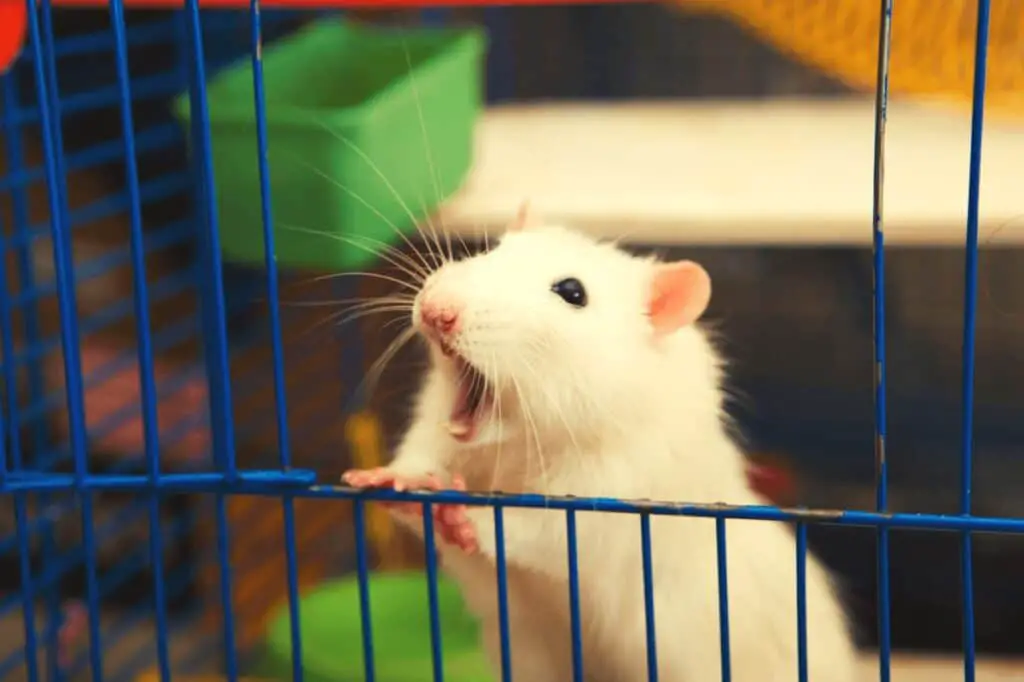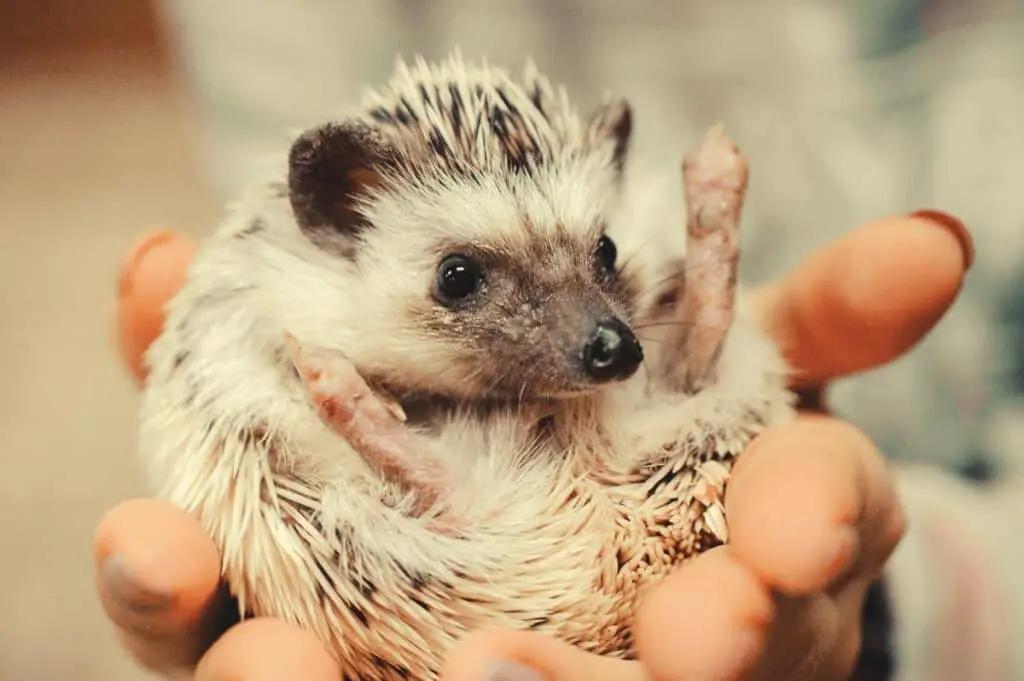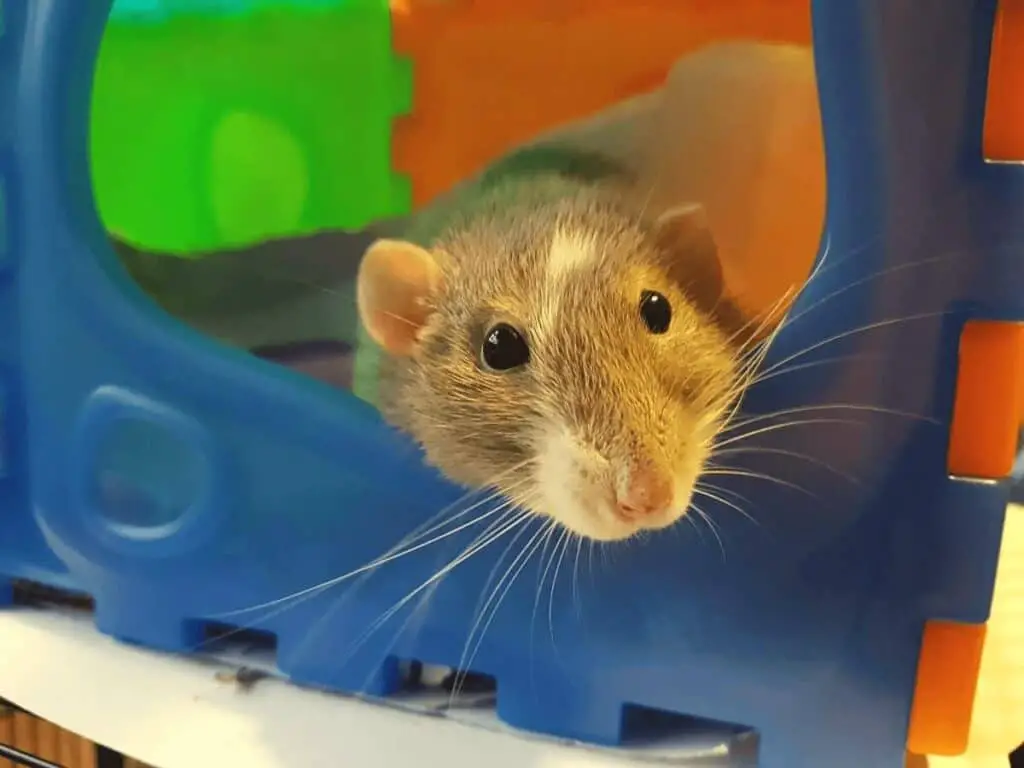Are you thinking about getting a hamster for a pet? They’re so small, so how hard can it be to care for one?
It seems like you’d have no trouble taking care of such a tiny animal, but the truth is different. Here are 11 hamster care tips to help you have a happy pet.
1. Choose a Proper Cage
Hamsters should live in cages. However, you have several things to consider before you decide on a specific cage:
- Toys and accessories (this will affect your decision on the cage’s size)
- Materials used (hamsters can chew through plastic cages and slip out of wire cages meant for animals like rabbits)
- Ease of maintenance (you don’t want a cage requiring a lot of disassembly to clean)
- Accessibility (you should be able to get to your hamster inside easily)
- Safety (you don’t want a cage with high platforms or sharp edges and corners)
You can learn more about this topic by reading my article on hamster cages.
2. Get All the Necessary Accessories
Now that you’ve chosen your cage, you need certain accessories for it so your hamster has a healthy habitat:
- Hideaway (for sleeping and to get away from frightening things)
- Food bowl (ceramic is best)
- Water bottle (with stainless steel spout and ball)
- Bedding (aspen chips or shredded paper, not cedar, pine, or cotton)
If you think choosing good bedding is difficult, you aren’t alone. Read my article about hamster bedding or check out the video below for how to decide what’s best for your hamster:
3. Put the Habitat in the Right Place
Your hamster needs a calm, quiet place in your house to feel safe and happy. Keep it out of rooms with televisions, stereos, or other loud activities.
Hamsters get sleepy or agitated when it’s too warm or too cold, so try and keep it in an area that’s likely to remain around 70 to 75 degrees Fahrenheit.
4. Meet Your Hamster’s Social Needs
I once had a pair of hamsters for pets, and I thought they were like most other pets in that they’d be happiest with a buddy.
However, I was wrong. Hamsters do not like living together.
Hamsters are solitary creatures and love living alone. If you want to have more than one hamster, keep them in separate cages with space between them. Once I figured that out, both my hamsters were considerably calmer and happier.
5. Let the Hamster Get Familiar with Its New Surroundings
Keep in mind that your hamster’s surroundings include more than its cage. When you first bring your hamster home, you’re bringing it into a brand-new, unfamiliar environment. The smells, sounds, and sights are all brand-new and uncomfortable.
So how do you let it get familiar with its surroundings?
Make sure you have some bedding from its old home so familiar scents surround it.
When you get home, take the carrier’s bedding and put it inside your hamster’s new cage on top of the new bedding and inside the hideaway. Put your hamster inside its cage in a calm place out of sunlight and away from activity and noise.
Finally, let it take its time getting comfortable. It might be a day or two, but I knew my hamsters were relaxed when they began acting like hamsters.
Here are some more details:
6. Feed a Healthy Diet
Most hamsters do best with a combination of pellets and seeds that give them the balanced nutrition they need. These foods usually look like cereal or tiny cookies.
Try and avoid feeding them seed-only diets because hamsters are finicky (in fact, they can be more selective than cats and many cats are picky.) They might pick out only their favorite seeds, resulting in poor nutrition. Pellet-only diets may result in boredom of your little pet.
You can also feed your hamster fresh fruit and certain vegetables as treats, so long as they make up 10 percent or less of its diet.
If you want to learn more about the best hamster food, I suggest reading my article.
7. Give Your Hamster Opportunities to Exercise
Hamsters are very active little creatures. When they get bored, they tend to chew things up that aren’t safe for them. They may also do other things that aren’t safe, like trying to escape.
Your hamster should have a variety of things to stimulate its naturally active instincts, like:
- Running wheel (ideally one that attaches to the side of the cage and has no crosspieces)
- Chew toys (empty toilet paper rolls work well)
- Hideaways (so your hamster has a safe place to go and sleep or escape)
- Tubes and tunnels (the more tubes you put together, the more your hamster has to explore
8. Handle Your Pet the Right Way
I learned the hard way that if you handle your hamster too much and in the wrong way, all you do is stress it out and risk getting bitten (and hamster bites hurt!). Here are some tips for handling a hamster:
- Wash your hands with unscented soap first
- Lower your hand into your hamster’s cage, palm down, flat in its bedding
- Let it come sniff at your hand at its leisure
- Slowly turn your hand over and wait for it to crawl onto your palm
- Only hold it in its cage the first several times
- Give it a treat the first few times to create a happy association
Once your hamster actively seeks out your hands, you can work on holding it for longer periods. To learn more about how to hold them, check out this video.
9. Clean the Hamster Cage Regularly
You’ll need to change your hamster’s bedding regularly to keep it clean, sanitary, and odor-free. Try and scoop out soiled bedding at least once per day and replace it with fresh bedding.
You also need to completely change its bedding once per week and wash the cage.
Also, clean its food bowl and water bottle at least once daily. Hamsters can kick soiled bedding into food bowls, and not only can water get stale, but the spout gets covered in saliva.
10. Let the Hamster Explore the Space Outside Its Cage
You don’t want to let your hamster have the run of your house. That’s dangerous. However, there’s nothing wrong with allowing it to explore certain areas of your house.
The best way to do this is to build a little pen for it. It gets to explore new areas and expend energy, and you don’t have to worry that it will disappear under your fridge so long as you don’t leave it unsupervised.
Check out more on this below:
11. Make Sure Your Pet Is Healthy and Happy
Remember, hamsters aren’t like cats and dogs. It’s hard to gauge their moods and health.
The two most significant signs that your hamster is unhappy and possibly sick or injured is lack of activity and lack of appetite, along with agitated behavior. If your hamster isn’t using its toys, tunnels, wheel, and chewing things like its cage bars, you probably have a problem.
On the other hand, if it’s regularly exercising, exploring in its tunnels, eating, drinking, and generally being a hamster, then it’s probably happy and healthy.
Ensure you maintain a clean and stimulating environment and keep your eye out for things that signal problems.
Final Thoughts
Taking care of a hamster is work, just like with any other pet. You need to ensure a good, clean, safe environment for it and make sure it has many ways to expend all that energy that little hamsters have.
I hope you enjoyed this list!

